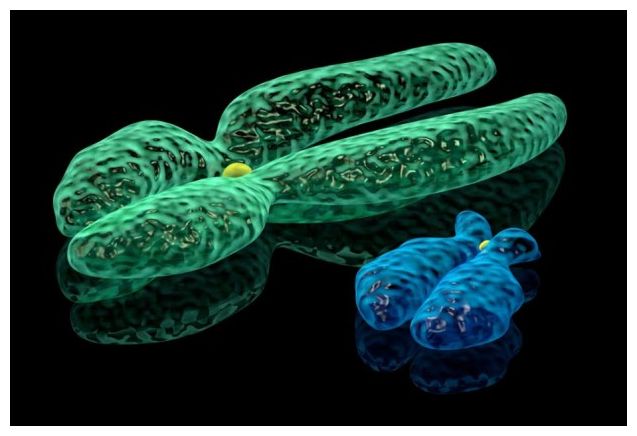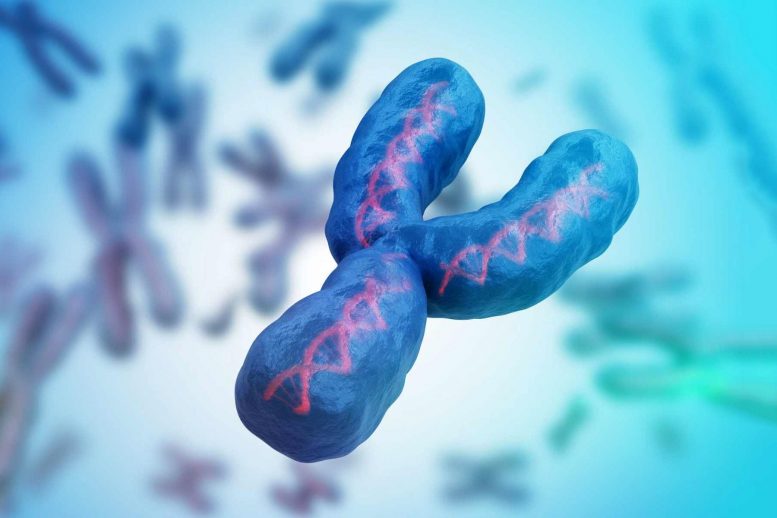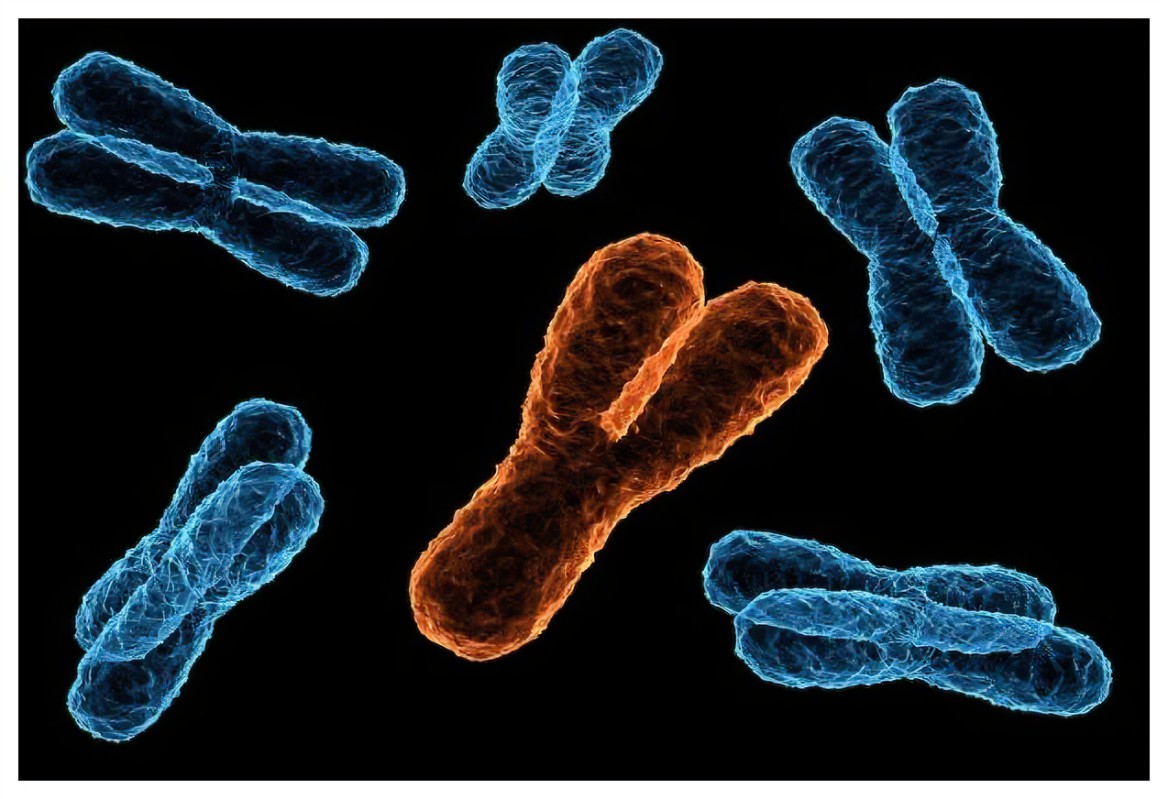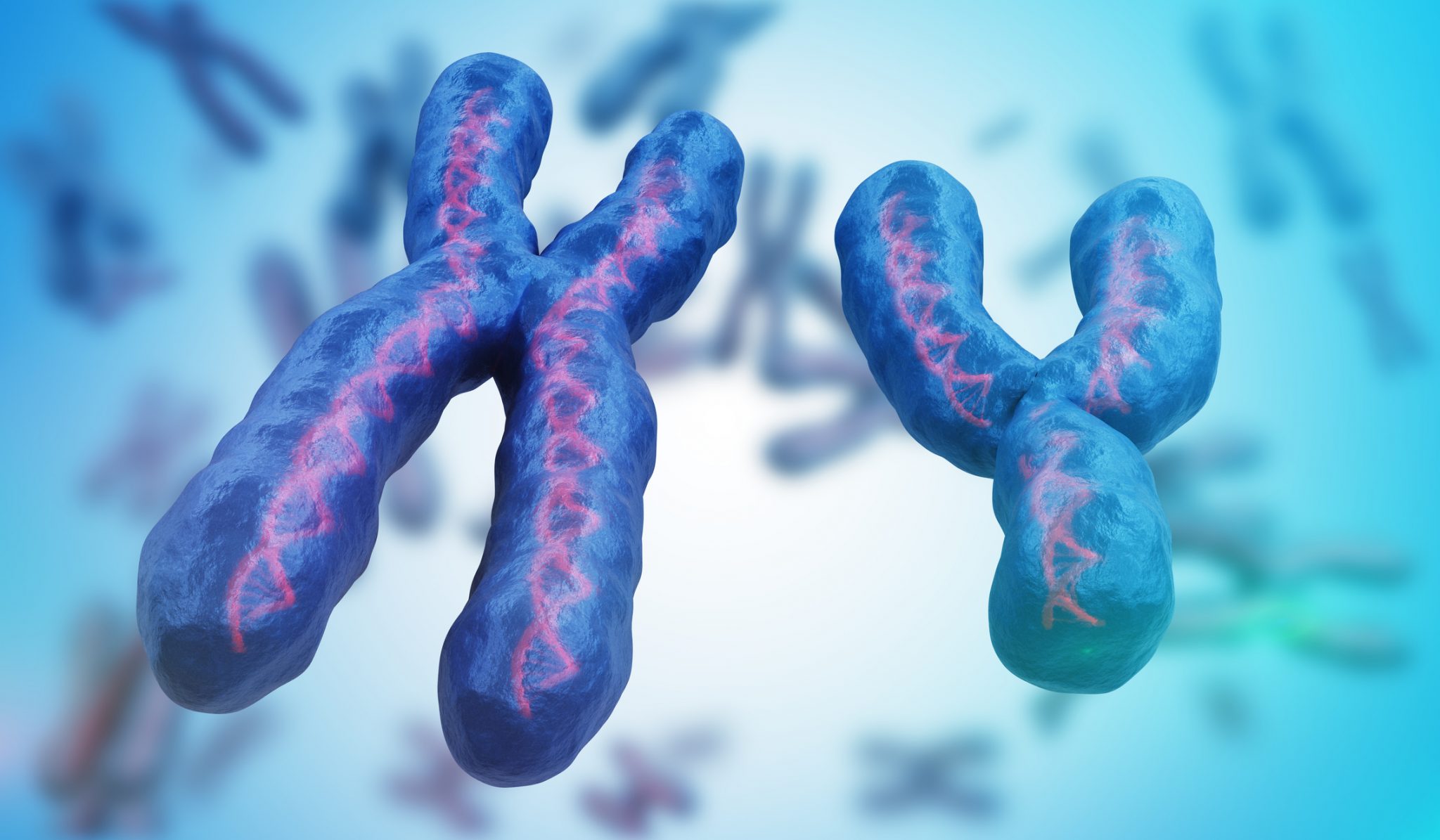Scientific Milestone Achieved: Full Sequencing of Human Y Chromosome Completed, 20 Years After Initial Draft

Scientific Milestone Achieved: Full Sequencing of Human Y Chromosome Completed, 20 Years After Initial Draft
After two decades since the initial draft of its DNA code, scientists have at last filled the gaps in the sequence of the human Y chromosome. This breakthrough work offers a comprehensive catalog of genes located on the male sex chromosome, which had been the final human chromosome awaiting full sequencing.
Published in the journal Nature, the research not only provides insights into the organization of these genes but also holds potential for identifying gene variations on the Y chromosome and linking them to specific traits. Furthermore, the findings pave the way for tailored therapies to address sex-specific genetic diseases. A related study, also featured in Nature, employs novel software built on this progress to sequence the Y chromosomes of over 40 additional men globally.
These additional findings highlight the Y chromosome’s evolution to exhibit significant variation in both size and structure among different individuals. This achievement marks a significant step forward in understanding human genetics and holds promising implications for various fields of scientific research and personalized medicine.
Dianne Newbury, a professor of medical genetics and genomics at Oxford Brookes University who was not part of the research team, expressed her admiration for the significance of the work, referring to it as an incredible achievement and a pivotal study in the realm of genetics. She noted that the sequencing of the Y chromosome stands as a complete and crucial component of the entire human genome.

Newbury highlighted the groundbreaking potential of this advancement, as it opens the door to a multitude of studies centered on the sex chromosome, research that was previously hindered by incomplete information.
The Y chromosome, along with the X chromosome, plays a fundamental role in determining biological sex in humans. While females typically possess two X chromosomes, males usually inherit one X and one Y chromosome. This distinction in chromosome composition ultimately guides the development of the distinct male and female characteristics and traits.
The successful sequencing of the Y chromosome brings an essential understanding to the complex landscape of human genetics and has the potential to revolutionize studies focused on the sex chromosome’s implications for health and biology.
The Y chromosome holds significant importance in the development of male sexual characteristics. It carries the sex-determining region Y (SRY) gene, which encodes a protein that facilitates the growth of testicles while suppressing the development of female reproductive organs like the uterus and fallopian tubes. While it was partially sequenced in 2003 as a part of the Human Genome Project’s initial draft of the human genome, the Y chromosome has presented a challenge due to its intricate structure, featuring numerous lengthy repetitive DNA sequences. Until now, less than half of its sequence was understood.
Adam Phillippy, the lead author of one of the recent studies and a senior investigator at the National Human Genome Research Institute, compared assembling the genome to piecing together a puzzle. He explained that genome sequencing occurs in fragments, and these fragments must then be meticulously reconstructed. The most challenging parts are those with repetitive segments, which require particular attention.

Through the innovative combination of advanced DNA sequencing, machine-learning technologies, and insights gleaned from sequencing the other 23 human chromosomes, Phillippy’s team successfully completed the assembly of the Y chromosome. This achievement is a significant advancement in our understanding of human genetics, shedding light on the complexities of this crucial chromosome and paving the way for a deeper exploration of its implications for biology and health.
The researchers discovered that the Y chromosome encompasses 62,460,029 base pairs of DNA, which are the paired “letters” forming the structure of DNA’s ladder. This count surpasses the reference genome, GRCh38, by 30 million base pairs, marking a significant advancement in accuracy.
By refining errors within GRCh38 and elucidating the structures of gene families like DAZ and RBMY—both instrumental in sperm production—the team enhanced their understanding of the Y chromosome’s genetic architecture. Moreover, they unveiled 41 novel protein-coding genes and provided insights into noncoding satellite DNA regions that lack protein-coding instructions. They also addressed sequences that were previously misconstrued as bacterial DNA.
In a separate study, Verkko was employed to assemble the Y chromosomes of 43 men from diverse populations across the globe, contributing to the 1000 Genomes Project’s objective of cataloging human genetic diversity. The sequences, ranging from 45.2 million to 84.9 million base pairs, showcased the Y chromosome’s substantial variation in both size and structure over around 183,000 years. This study underscores how the Y chromosome has evolved in response to diverse environmental and genetic influences, deepening our comprehension of human genetic diversity and history.

Notably, the research team identified unexpected diversity within the repetitive segments of the chromosome, a discovery deemed “surprising” by Charles Lee, the senior author of the accompanying study and the scientific director and professor at the Jackson Laboratory for Genomic Medicine. Lee elaborated that the Y chromosome contains the most extensive section of compacted, noncoding DNA—referred to as heterochromatin—across the entire human genome.
This region primarily comprises two repetitive DNA sequences that exhibited differing arrangements among the study participants. However, these sequences consistently maintained a 1-to-1 ratio in terms of their occurrence within the chromosome.
Kerstin Howe, the head of production genomics at the Wellcome Sanger Institute, who was not part of the research team, emphasized the significance of this breakthrough. She highlighted that assembling complete sequences of 43 Y chromosomes from different time periods and geographic regions doesn’t just aid in exploring the evolution of sex chromosomes but also offers insights into broader human evolution. This comprehensive approach enables a deeper understanding of our genetic history and the factors that have shaped it over time.

Phillippy likened the newly assembled Y chromosome sequence to a blueprint, stating that having complete information is vital. By eliminating gaps in our knowledge, researchers gain a comprehensive understanding that enables them to explore potential therapeutic avenues. This comprehensive picture paves the way for further studies, eventually leading to a more nuanced comprehension of human genetics and the development of targeted treatments for associated diseases.




